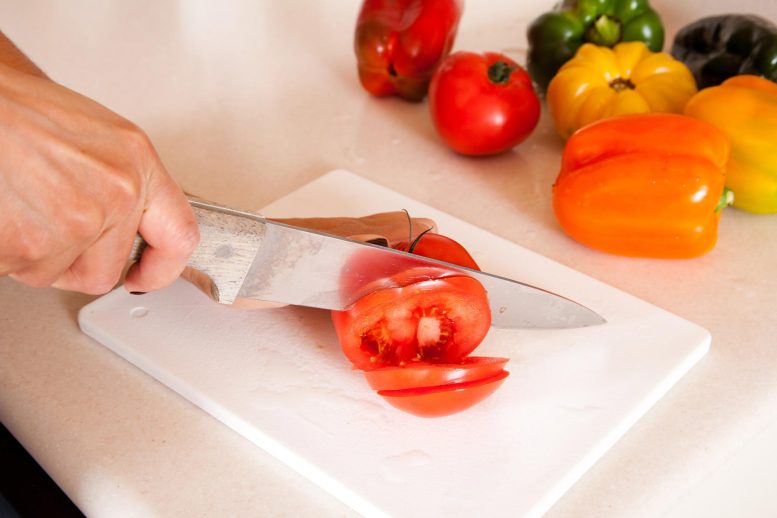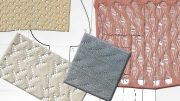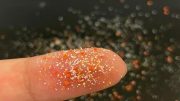
A new study reveals that cutting boards made of wood or plastic may generate millions of microparticles a year when used for food preparation, with wooden boards shedding more microparticles than plastic ones.
Cutting boards are practical tools commonly seen in the majority of households and restaurant kitchens. Yet, according to a study published in ACS’ Environmental Science & Technology, these boards are an overlooked source of microparticles. The study discovered that chopping carrots on wooden and plastic boards could potentially generate tens of millions of microparticles annually. Despite this, a toxicity test indicated that microparticles from polyethylene or wood, released during the chopping process, did not significantly affect the survival of mouse cells.
Cutting boards are commonly constructed from materials such as rubber, bamboo, wood, or plastic. With continued use in the kitchen for food preparation tasks like mincing, slicing, and chopping, these tools gradually show grooves and slash marks. In recent times, research has revealed that certain plastic materials used for boards, including polypropylene and polyethylene, can shed nano- and micro-sized flecks when cut with knives.
Yet those studies didn’t assess how many of these microplastics could be produced during realistic food preparation scenarios. This would be an important piece of information because the particles might have negative health impacts if ingested. So, Syeed Md Iskander and colleagues wanted to investigate the microparticles that would be released when chopping vegetables on plastic and wood boards, as well as any potential toxicity from these tiny materials.
The researchers collected and measured the micro-sized particles released from cutting boards, which were repeatedly struck by a knife. In their tests, they compared five people’s chopping patterns and one person’s chopping on different materials with and without carrots.
From the results, the team calculated that food preparation could produce 14 to 71 million polyethylene microplastics and 79 million polypropylene microplastics from their respective boards each year. The estimates could vary, depending on:
- An individual’s chopping style.
- The board material.
- The force needed to cut through foods.
- Whether ingredients are roughly or finely chopped.
- And how often a cutting board is used.
Yearly estimates were not determined for wooden boards, though the researchers reported that these items sloughed off 4 to 22 times more microparticles than plastic ones in different tests.
But even though many microparticles formed, the researchers found that polyethylene microplastics and wood microparticles released when chopping carrots didn’t appear to significantly change mouse cells’ viability in lab tests. While plastic cutting boards are easy to clean, the researchers conclude that other options could be used to reduce potential microplastic contamination in foods.
Reference: “Cutting Boards: An Overlooked Source of Microplastics in Human Food?” by Himani Yadav, Md Rakib Hasan Khan, Mohiuddin Quadir, Kelly A. Rusch, Partho Pritom Mondal, Megan Orr, Elvis Genbo Xu and Syeed Md Iskander, 23 May 2023, Environmental Science & Technology.
DOI: 10.1021/acs.est.3c00924
The authors acknowledge funding from the Civil, Construction, and Environmental Engineering department at North Dakota State University; the Department of Biology at University of Southern Denmark; and Danmarks Frie Forskningsfond.









Sooooo….what’s the answer? What’s the alternative? Cutting right on my counter? This article answers none of the obvious questions. It states, “…other options could be used…” That statement should be explored.
Microplastics from cutting boards? There are bigger fish to fry. What about weed whackers? One company claims to sell 3 million miles of replacement “string” annually. That’s just ONE company! There certainly should be an organic substitute.